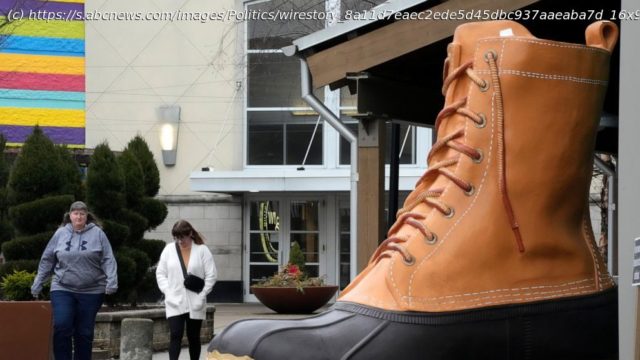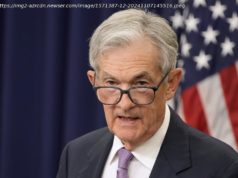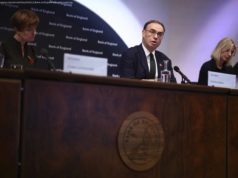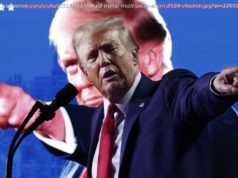Array
America’s consumers rebounded last month from a weak holiday shopping season by boosting their spending at stores and restaurants at the fastest pace in nearly two years, underscoring the economy’s resilience in the face of higher prices and multiple interest rate hikes by the Federal Reserve.
The government said Wednesday that retail sales jumped 3% in January, after having sunk the previous two months. It was the largest one-month increase since March 2021, when a round of stimulus checks gave a big boost to spending. Excluding the pandemic era, January’s rise was the largest in more than two decades.
Driving the gain was a jump in auto sales, along with healthy spending at restaurants, electronics stores and furniture outlets. Some of the supply shortages that had slowed auto production have eased, and more cars are gradually moving onto dealer lots. The enlarged inventories have enabled dealers to meet more of the nation’s pent-up demand for vehicles.
Wednesday’s robust retail sales figures, along with a strong January job report, suggest that the economy remains durable, perhaps even strengthening, and at little risk of succumbing to a recession anytime soon. Earlier this week, economists at Goldman Sachs reduced the likelihood of a recession this year from 35% to just 25%.
Brisk consumer spending, though, can also intensify upward pressure on inflation. The latest measure of consumer inflation showed that it slowed slightly on a year-over-year basis in January but rose sharply from December to January.
The combination of solid spending and hiring will also likely raise pressure on the Federal Reserve to raise its benchmark interest rate even further. The Fed has already signaled that it expects to carry out two more quarter-point hikes, to a range of 5% to 5.25%, which would be the highest level in 15 years. On Tuesday, Deutsche Bank said it expected the Fed to add two additional hikes on top of that this year, to a range of 5.






